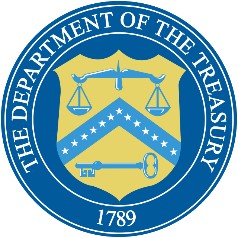I like to think of performance reviews or evaluations as an employee’s “report card” at work. Performance reviews are important tools, that if executed properly, can be beneficial to the employee, their manager, the Human Resources (HR) department and of course, the organization as a whole. Performance reviews are generally written by the employee’s direct manager, are reviewed by HR and on occasion upper management, and are ultimately communicated to the subject employee. Most organizations provide performance reviews annually.
The performance evaluation should accurately assess the employee’s current performance (both positive and negative), should enumerate specific future goals for that employee, and should prioritize the employee’s work and pending projects. The performance evaluation communicates the annual and future “story” of the employee.
Performance evaluations are beneficial for many reasons and can serve as a coaching and counseling tool and a record to support advancement, termination or employee discipline. The meeting’s goal should be to support open and honest communication by all parties involved.
For a performance evaluation to be effective, here are a few important tips:
- Managers must be honest and accurate in their assessments.
- Managers should provide concrete examples and should avoid vague language.
- Managers should never rate an employee as “meeting or exceeding” expectations if they are having performance issues. This is important as this may help avoid a conversation a manager may not want to have now, but could create litigation risks for a future termination or disciplinary action.
- Managers should be considerate drafting each review and not “cram” all employee reviews into one short period of time. There are thousands of types of templates for performance reviews available. That said, organizations should only use performance evaluation forms that contain appropriate categories and ratings that management and HR are comfortable using.
Additionally, Managers should provide ample amounts of time to go over the review with each employee and not rush the process. Managers should also foster an environment in which all parties are comfortable with the information presented and the manner in which it is presented. Finally, a recent trend is to include a section for an employee’s self-reflection – a great mechanism which fosters self-awareness.
If your organization needs assistance in drafting appropriate performance evaluation forms, in executing performance evaluations or in training on this skill, please contact Employment and Labor Law Counsel Nicole Sorokolit Croddick.














